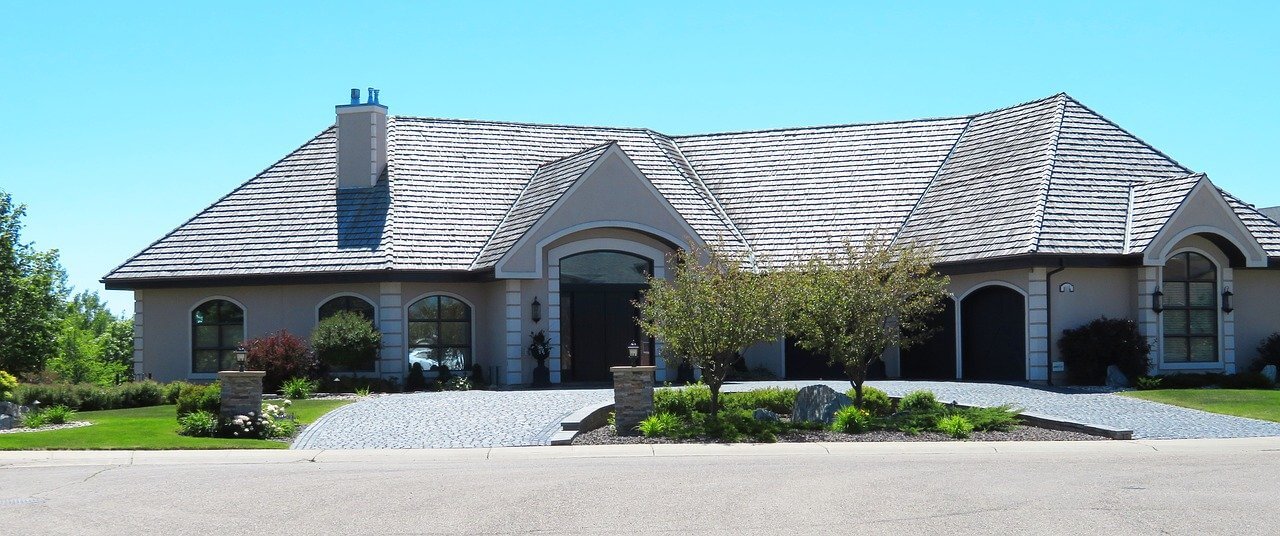When homeowners in Ontario fall behind on their mortgage payments, the bank or lender that provided the loan has the right to take possession of the property through a legal process called foreclosure. Here’s an overview of the foreclosure process in Ontario, from the initial notice of default to the sale of the property.
What is Power of Sale?
In Ontario, “power of sale” foreclosures are the most common type of foreclosure. Power of sale foreclosures occur when a homeowner falls behind on their mortgage payments, and the lender decides to sell the property to repay the outstanding debt.
The power of sale process begins when the homeowner receives a Notice of Sale from the lender. This notice gives the homeowner 21 days to catch up on their mortgage payments and avoid foreclosure. If the payments are not made, the lender can begin selling the property through a power of sale process server appointed by the Court registrar, who posts documents and serves notice.
Once a power of sale is underway, any equity in the property belongs to the homeowners – they will receive this money after the mortgage debt is paid off.
The Different Types Of Foreclosure Proceedings
- Judicial Sale
Under this foreclosure process in Ontario, a lender can commence legal proceedings against a borrower to recover money that is owed on a mortgage. To recover the money that is owed, the lender will sell the property through a judicial sale.
The first step in the foreclosure process is for the lender to file a notice of sale with the Superior Court of Justice. This notice will list the date, time, and location of the sale and provide information on how to redeem the property. Once this notice is filed, it will be advertised in a local newspaper for four weeks.
A judicial sale is a public auction that is overseen by a judge. The judge will ensure that the process is followed correctly and that the best interests of all parties are considered. The property will be sold to the highest bidder, and the proceeds from the sale will be used to pay off the mortgage and any other debts that are owed on the property. Any remaining proceeds will be returned to the borrower.
- Non-Judicial Foreclosure/ Power Sale
In Ontario, the non-judicial foreclosure process is the most common way for a lender to foreclose on a mortgage. This process usually involves the sale of the property by the lender, after which the proceeds are used to repay the outstanding mortgage debt.
The steps involved in a non-judicial foreclosure are as follows:
- The lender sends a notice of default to the borrower.
- The borrower doesn’t cure the default (usually by making payments) within a set period of time.
- The lender sells the property through a public auction or private sale.
- The lender receives payment from the sale and distributes it among those who are owed money (e.g., the mortgage holder, the homeowner’s association, etc.).
- The lender may pursue a deficiency judgment if there is still money owed after the sale.
What Happens After A Foreclosure?
Once a foreclosure is complete, the homeowner no longer has any legal rights to the property. The new owner may evict the former homeowner, and all of their belongings must be removed from the premises. Obtaining a mortgage and going through a foreclosure can be extremely stressful, so it’s important to understand all of the steps involved before beginning.
If the sale of your property does not cover the outstanding balance of your loan, you may be responsible for the remaining amount. This is known as a deficiency judgment. In Ontario, deficiency judgments are not common because most lenders are required to get court approval before pursuing one.
There are a few things that homeowners can do to try to avoid foreclosure. One option is to apply for a loan modification, which would allow the homeowner to make more affordable monthly payments. Another option is to sell the home and use the proceeds from the sale to pay off the mortgage. Finally, the homeowner could try to negotiate a settlement with the lender, in which they would agree to forgive some of the debt owed in exchange for surrendering the home.
At True House Buyer, we buy houses in the Greater Toronto Area. If you’re looking for someone to buy your house fast, give us a call!


